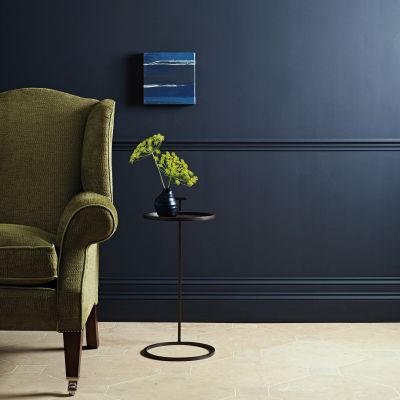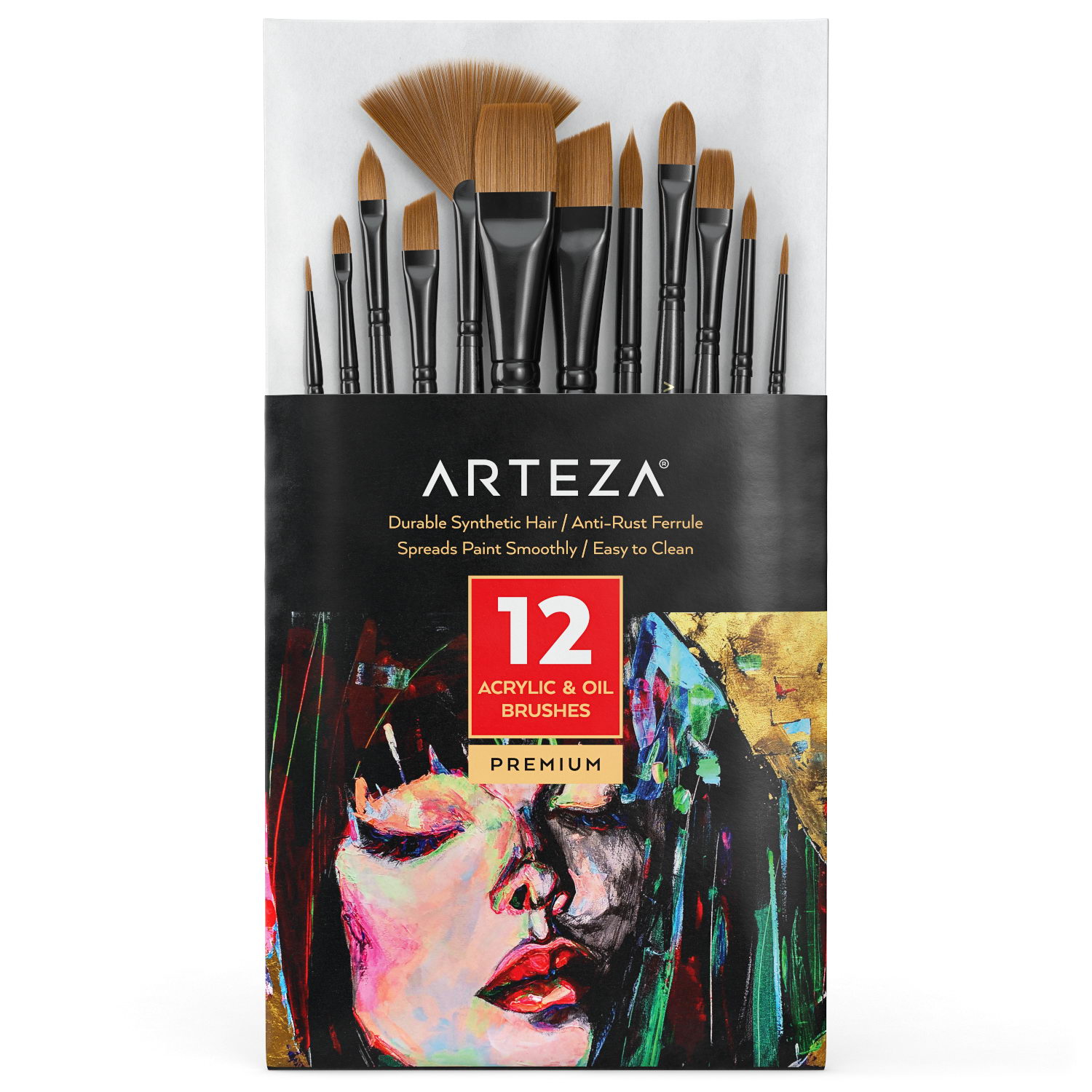- Cleaning Paint Brushes Oil Based Paint
- Cleaning Paint Brushes Oil Based Paint Sprayer
- Cleaning Paint Brushes Using Oil Based Paint
- Cleaning Paint Brushes Oil Based Paint
- How To Clean Artist Oil Paint Brushes

This post may contain affiliate links which won’t change your price but will share some commission.
100% mineral spirits paint thinner effectively thins oil-based paints, stains and varnishes. Great for cleaning brushes and equipment immediately after use. Medium evaporation rate improves flow and leveling and resists streaks, creating a uniform finish. Designed for use outdoors or in a well-ventilated area. Use on brushes and equipment. I call this the 1/8 Inch Method: This technique is simple and easy for cleaning brushes used with oil based paint or oil based finishes, such as Waterlox.

Hey hey. Happy Thursday!

I’m sharing a super cute and easy little spring craft over at Remodelaholic today. Amidst all of the more home renovation stuff we’ve been up to I find it fun to just sit at the table with a little glue and glitter every now and again and work on something that I don’t need to think “will the future home owner’s like this?”, “how will this effect resale?” or “how exactly am I going to repaint the entire exterior all by myself?”. You know, without making a mess of the entire sidewalk. 🙂
And in the last couple of weeks we had visits from my mom, mother-in-law, sister-in-law and niece (who turned 12 while she was here!) so there’s been quite a bit of non-house stuff going on, in addition to some just-for-plain-fun house stuff. You know … pillows and plantings and decorating a church pew stuff.
But, back along the home improvement front, we talked about the primer we used on the exterior here. And I was thrilled to get more “sometimes we’ve just gotta use some VOCs” comments than “I would never ever use VOCs, even if it was apparent it would be the best product for the job”. So thanks for that. Sometimes it just is what it is, if you know what I mean.
And with the use of the oil based primer and paint comes either the a) throw the brush away after every use or, b) figure out how to clean all of that nasty stuff off that dang brush solution.
And since good quality paint brushes are not exactly pocket change I opted to try my hand at option b. And it worked.
Like most new things, the process for figuring out how to clean my oil based paint brushes started with a little googling and I quickly found this tutorial from Kristi, but I didn’t have any mineral spirits on hand so I improvised and after a few minutes I had a nice and clean paint brush.
Here’s what worked for me.
All you need:
- oil based paint soaked brush
- rag
- disposable cup
- acetone (the active ingredient in fingernail polish remover)
- olive oil
- running tap water
- a little bit of patience
1 – Find some oil paint and dunk your brush in it. 😉
2 – Wipe as much excess paint out of the brush with a rag, or in my case a dish towel.
3 – Fill a cup with a cup or so of acetone, I happened to have a can of it on hand from that time I tried to cut a bottle with string. Acetone is inexpensive an easy to find in any home improvement store.
4 – Dunk the brush and swish it around. Much of the paint will magically fall off and accumulate in the bottom of the cup. It is seriously kind of amazing how thick this paint is and how much it clumps up at the bottom of the cup.
You could dispose of this acetone paint mixture and repeat if you feel like it would help. Depending on the brush I sometimes do this twice.
5 – Pour about a teaspoon of oil onto the brush. Keep the brush over the sink and warm tap water running so the paint doesn’t accumulate in your sink. I used olive oil, but I’m sure vegetable or another kind would work just fine.
6 – Work it, work it, work it. Get your fingernails and tips right in there and literally work the paint out of the brush.

Run your fingers right up through the bristles and you will be a mess, and now that I’m looking at the picture, you should start out by taking off your rings, especially if they happen to be of the wedding variety. Oops.
You’re going to need to repeat this step a few times, and don’t forget to keep the water running. But I was so happy that at the end of it all I had a perfectly usable brush.
I did put it in the fridge until the next time I used it, because that works whenever you don’t want to wash your brush at all between uses (we all know that by now, right?!?!) and I just wanted to be safe. But I’ve gone back to using the brush with regular old paint and have since washed it a few more times with just water and it is definitely good to go.
Cleaning Paint Brushes Oil Based Paint
So, for a few dollars and a few minutes I saved one lone paint brush. That makes my cheap self a very happy cheap self. 🙂
Cleaning Paint Brushes Oil Based Paint Sprayer
************************************
A good paint project in the winter brightens up your home and makes everything fresh and clean. However, when you are finished with the fun stuff, you still must clean up your brushes, rollers, and paint-filled rinse water. Many people just pour all residue down the drain. This action can cause environmental issues and plumbing problems. For any paint left over, check with your local disposal methods for proper disposal of paint.
Cleaning Paint Brushes
- Make sure your paintbrush has all excess paint removed by scraping it against the inside rim of the paint can and work the remaining paint into a newspaper.
- Read the paint can and use the solvent suggested for cleaning. Latex paint can usually be cleaned with soap and water. Oil-based paints require stronger solvents.
- Immerse the brush in the appropriate solvent. Work the paint free of the bristles of the brush.
- When you believe the brush to be free of the paint, dip it into a pail of clean water to rinse.
- Wrap the paintbrush in heavy paper to help retain its shape.
Cleaning Paint Brushes Using Oil Based Paint
Disposing of the Dirty Paint Water
When cleaning up from your winter painting project, here are the steps to clean and properly dispose of paint-filled water.
- Set the bucket of dirty paint rinse water to the side. A warm, dry climate works best.
- You can wait for the water to evaporate and the paint solids to settle on the bottom of the bucket. When the water evaporates, peel out the dried paint residue and dispose of the hardened paint in a trash bag with your other trash.
- Or, if you don’t want to wait for the water to evaporate, you can set the rinse water bucket to the side and allow the paint solids to settle on the bottom of the bucket. Then carefully tip the clear water at the top of the bucket onto a flat, grassy area that is away from sewer and storm drains, other waterways and wells. Then allow the liquids to dry to solid form and dispose of them in your trash bag.
Cleaning Paint Brushes Oil Based Paint
Paint solids from dirty paint rinse water over time will clog up your plumbing, damaging drains and piping. Making sure to dispose of your dirty paint water properly will save you time and money.
How To Clean Artist Oil Paint Brushes
Pouring dirty paint rinse water down your drains can cause build-up and plumbing issues.Already dumped your dirty paint water down the drain? Call the plumbing professionals at Estes Services. We will help you with any plumbing maintenance or crisis.




